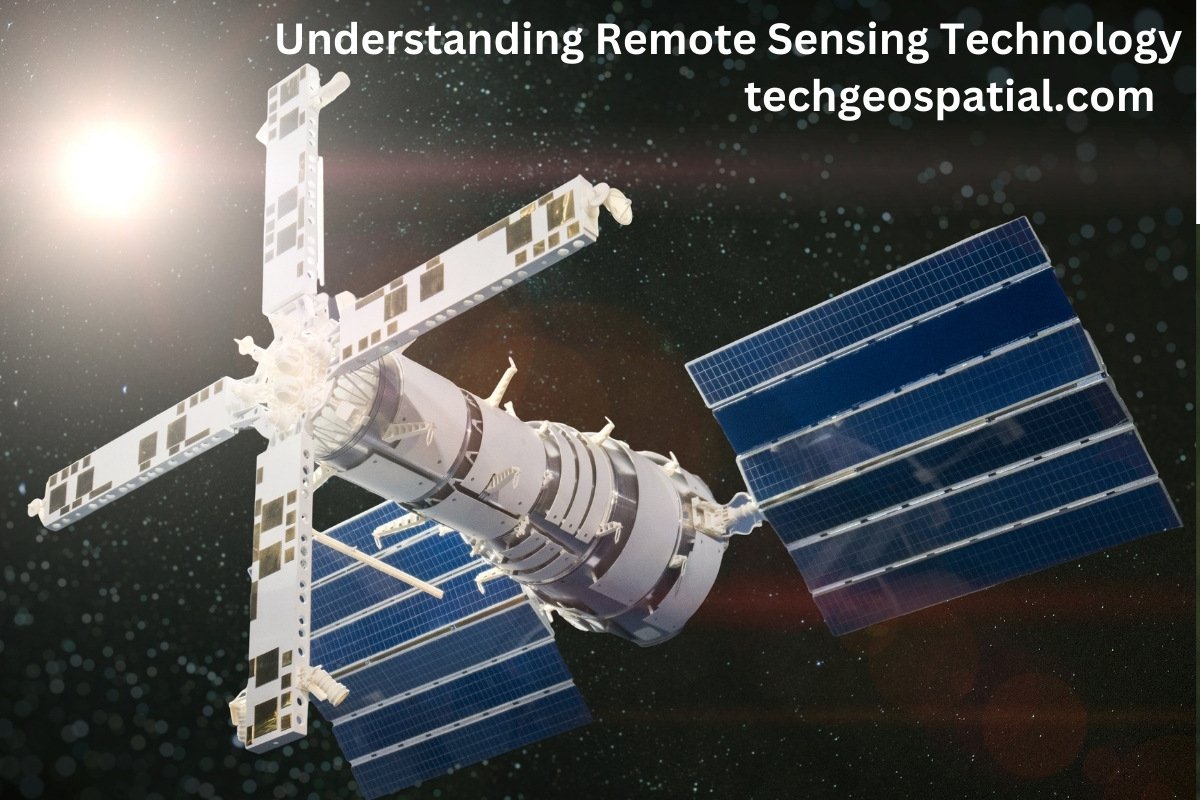Introduction to Anticyclones
Anticyclones are fascinating meteorological phenomena that play a crucial role in shaping weather patterns around the world. Understanding what anticyclones are and how they form is fundamental to comprehending various atmospheric processes and their impacts on weather and climate.
What are Anticyclones?

Anticyclones, also known as high-pressure systems, are large-scale atmospheric circulation patterns characterized by air descending and spreading outwards from a central region of high pressure. In the Northern Hemisphere, anticyclones rotate clockwise, while in the Southern Hemisphere, they rotate counterclockwise due to the Coriolis effect.
How do Anticyclones Form?
Anticyclones typically form when air masses cool and become denser, leading to increased atmospheric pressure. Factors such as the rotation of the Earth, temperature variations, and geographical features contribute to the formation of anticyclones. They often develop in regions where air descends and subsides, creating stable atmospheric conditions.
Characteristics of Anticyclones
Anticyclones exhibit several distinct characteristics that distinguish them from other weather systems.
High-pressure Systems: Anticyclones are characterized by regions of high atmospheric pressure, where air descends and compresses, leading to stable weather conditions.
Circulation Patterns: The circulation pattern of anticyclones involves air descending and diverging outward from the center of high pressure. This results in a clockwise rotation in the Northern Hemisphere and a counterclockwise rotation in the Southern Hemisphere.
Weather Associated with Anticyclones: Anticyclones are typically associated with fair weather, clear skies, and light winds. They inhibit the formation of clouds and precipitation, leading to prolonged periods of sunshine and dry conditions.
Understanding Anticyclone Structure
Anticyclones can occur at different levels of the atmosphere, each with its distinct characteristics and impacts on weather.
Upper-level Anticyclones: Upper-level anticyclones form in the upper atmosphere and play a crucial role in steering weather systems and influencing atmospheric stability. They are associated with clear weather and stable atmospheric conditions.
Surface Anticyclones: Surface anticyclones develop near the Earth’s surface and directly influence local weather conditions. They often bring clear skies, light winds, and temperature extremes, depending on the season and geographical location.
Relationship with Atmospheric Stability: Anticyclones contribute to atmospheric stability by suppressing vertical motion and inhibiting cloud formation. This stability can lead to extended periods of calm weather but may also result in temperature inversions and air pollution.
Influence of Anticyclones on Weather Patterns
Anticyclones exert a significant influence on weather patterns, affecting temperature, precipitation, and atmospheric dynamics.
Clear Skies and Calm Weather: One of the most noticeable effects of anticyclones is the presence of clear skies and calm weather. The descending air within anticyclones suppresses cloud formation, resulting in sunny days and pleasant conditions.
Temperature Effects: Anticyclones can lead to temperature extremes, with clear skies allowing for rapid heating during the day and cooling at night. In winter, anticyclones can bring cold, stagnant air masses, leading to prolonged periods of frost or fog.
Impact on Precipitation: Anticyclones inhibit the ascent of air, which is necessary for cloud formation and precipitation. As a result, regions under the influence of anticyclones often experience dry weather and minimal rainfall.
Types of Anticyclones
Anticyclones come in various forms, each with its unique characteristics and influences on weather and climate.
Permanent Anticyclones: Permanent anticyclones are located in specific regions of the globe and tend to persist throughout the year. Examples include the subtropical highs, such as the Azores High in the North Atlantic and the Pacific High in the North Pacific.
Seasonal Anticyclones: Seasonal anticyclones are influenced by changes in the Earth’s tilt and orbit, leading to variations in their intensity and location. These anticyclones play a significant role in shaping seasonal weather patterns, such as the Siberian High in winter and the North Indian High in summer.
Dynamic Anticyclones: Dynamic anticyclones form in response to specific weather systems or atmospheric processes, such as cold-air outbreaks or blocking patterns. They can have short-term impacts on weather patterns and often result in localized weather extremes.
Anticyclones and Climate
Anticyclones play a vital role in shaping regional climates and influencing long-term weather patterns.
Long-term Weather Patterns: The presence of persistent anticyclones can lead to prolonged periods of dry weather or drought conditions, affecting ecosystems, agriculture, and water resources.
Role in Regional Climates: Anticyclones influence regional climates by regulating temperature, precipitation, and atmospheric circulation patterns. Their behavior can have significant impacts on local weather conditions and climate variability.
Importance of Anticyclones in Meteorology
Meteorologists rely on anticyclones for weather forecasting, atmospheric research, and understanding global climate dynamics.
Forecasting Implications: Anticyclones are essential for weather forecasting, as they often bring stable weather conditions and predictable patterns. Meteorologists use satellite imagery, numerical weather models, and observational data to track the movement and intensity of anticyclones.
Study of Atmospheric Dynamics: Anticyclones provide valuable insights into atmospheric dynamics and the interactions between air masses, pressure systems, and weather phenomena. Studying anticyclones helps meteorologists improve their understanding of weather patterns and climate variability.
Human Activities and Anticyclones
Anticyclones can have significant impacts on various human activities, including agriculture, transportation, and energy production.
Impact on Agriculture: Prolonged periods of dry weather associated with anticyclones can affect crop yields, soil moisture, and water resources. Farmers must adapt their agricultural practices to mitigate the impacts of drought conditions.
Influence on Travel and Transportation: Anticyclones can affect travel and transportation by influencing wind patterns, visibility, and atmospheric stability. Airports, shipping routes, and transportation networks may experience disruptions during periods of extreme weather associated with anticyclones.
Challenges in Studying Anticyclones
Studying anticyclones poses several challenges for meteorologists and researchers, particularly in data collection, analysis, and modeling.
Data Collection and Analysis: Collecting accurate and comprehensive data on anticyclone behavior requires sophisticated instrumentation, satellite technology, and observational networks. Researchers use a combination of ground-based observations, weather balloons, and satellite imagery to study anticyclones.
Modeling and Predictions: Modeling the behavior of anticyclones in numerical weather prediction models presents challenges due to their complex interactions with other atmospheric systems. Improving the accuracy and reliability of anticyclone forecasts requires ongoing research and advancements in modeling techniques.
Future Research Directions
Advancements in technology and scientific research are paving the way for new insights into anticyclones and their impacts on weather and climate.
Advancements in Technology: Emerging technologies, such as satellite remote sensing, high-resolution modeling, and data assimilation techniques, are revolutionizing our ability to study anticyclones and other atmospheric phenomena. These advancements enable researchers to collect more detailed and accurate data, improving our understanding of anticyclone behavior.
Improving Understanding of Anticyclone Behavior: Future research efforts should focus on improving our understanding of anticyclone dynamics, interactions with other weather systems, and long-term trends. By combining observational data, theoretical models, and numerical simulations, scientists can unravel the complexities of anticyclone behavior and its implications for weather and climate.
Conclusion
Anticyclones are essential components of Earth’s atmospheric system, playing a significant role in shaping weather patterns, climate variability, and regional climates. By studying anticyclones, meteorologists can enhance weather forecasting, improve our understanding of atmospheric dynamics, and address the challenges posed by extreme weather events.
FAQs
- How do anticyclones differ from cyclones? Anticyclones are characterized by descending air and high-pressure systems, leading to stable weather conditions, while cyclones are associated with ascending air and low-pressure systems, often bringing stormy weather.
- What weather conditions are typically associated with anticyclones? Anticyclones are typically associated with clear skies, calm winds, and dry weather conditions due to the suppression of cloud formation and precipitation.
- How do anticyclones influence temperature patterns? Anticyclones can lead to temperature extremes, with clear skies allowing for rapid heating during the day and cooling at night. In winter, anticyclones can bring cold, stagnant air masses, leading to prolonged periods of frost or fog.
- What role do anticyclones play in climate variability? Anticyclones influence regional climates by regulating temperature, precipitation, and atmospheric circulation patterns. Their behavior can have significant impacts on local weather conditions and long-term climate trends.
- What are the forecasting implications of anticyclones? Anticyclones are essential for weather forecasting, as they often bring stable weather conditions and predictable patterns. Meteorologists use satellite imagery, numerical weather models, and observational data to track the movement and intensity of anticyclones.





